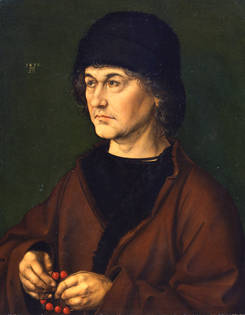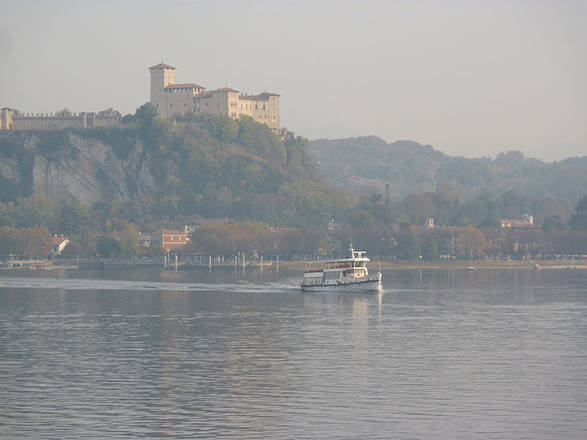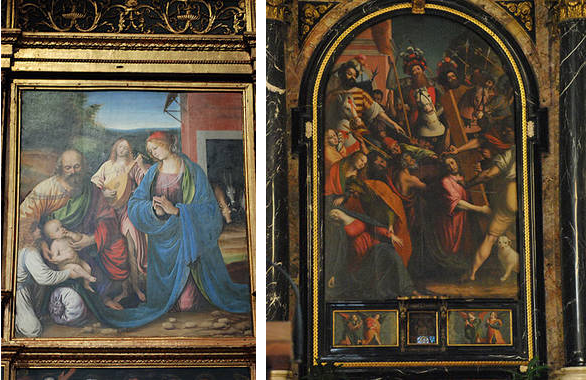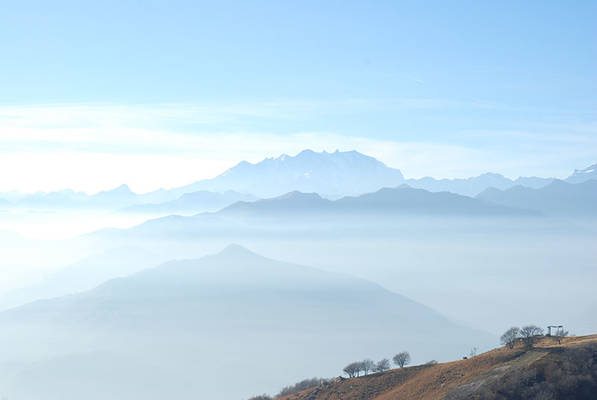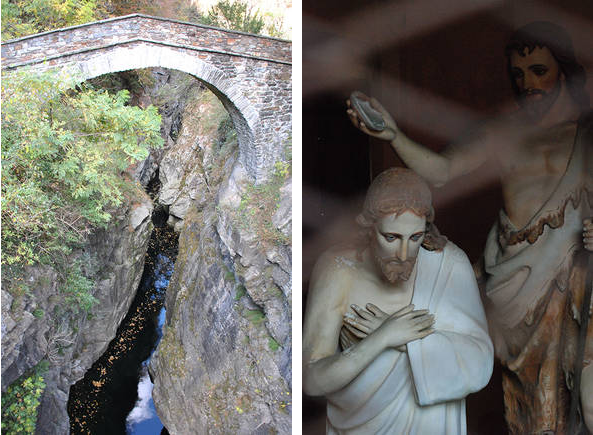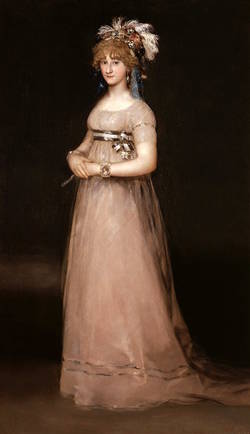There are two exhibitions in the two neighbouring Lombard towns of Bergamo and Brescia in northern Italy which are drawing crowds of visitors, especially from Italy itself. Bergamo has chosen Raphael since the town’s art gallery, the Accademia Carrara, owns one of his early masterpieces (St Sebastian), just restored. Brescia has chosen Titian in order to celebrate his beautiful polyptych of the Resurrection painted for the high altar of a church in the town and the exhibition illustrates the work of an important group of contemporary local painters (including Moretto, Savoldo and Romanino) whose production is seen in the context of the Venetian school. Brescia’s Pinacoteca Tosio Martinengo reopened this year (on 17th March), after eleven years of closure.
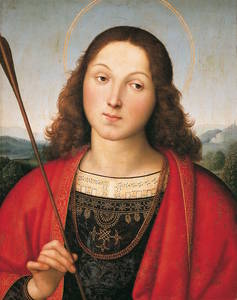
Since the towns are so close together, both have advertised each other’s exhibitions and visitors to both are given a reduced-price ticket.
The exhibition in Bergamo, Raffaello e l’eco del mito (scheduled to close on 6th May but hopefully may be kept open for longer) is in the newly restored rooms on three floors of a former convent directly opposite the Accademia Carrara, which makes this an opportunity to visit the town’s picture gallery too, which was excellently rehung a few years ago.
The exhibition is particularly interesting in the sections which illustrate works by painters which Raphael must have seen as a young man. These include two panels by his cultivated father Giovanni Santi, loaned by the Galleria Corsini in Florence. Santi died when Raphael was only 11 years old but scholars agree that he must have started Raphael out on his career. Perugino, a decisive figure in the young Raphael’s development as a painter (although Raphael is not actually documented in his bottega) is represented with three masterpieces: his own St Sebastian (signed on the arrow!) from the Hermitage, his Mary Magdalene from the Uffizi (the pose very similar to Raphael’s St Sebastian, and also just restored) and his Madonna and Saints from a church in nearby Cremona. The first and last are works little-known to the general public and so this provides an opportunity to see them. The two painters from Umbria, Pinturicchio (whom Raphael knew in both Siena and Perugia) and Luca Signorelli (whose wonderful Crucifixion has been lent by the Galleria Nazionale in Urbino) are present to underline Raphael’s pride in his Umbrian origins (he signed his paintings “Raphael Urbinas”).
The comparison of Raphael’s St Sebastian with two works of the same subject by Leonardesque painters from Milan, Boltraffio and De Predis, is particularly interesting as they both portray the young saint with long golden curls, but holding an arrow as identification (instead of the more usual iconography of the nude figure of the saint at his martyrdom, pierced with arrows): they are thought to predate Raphael’s work of the same subject by a few years. They come all the way from the Pushkin Museum in Moscow and the Cleveland Museum of Art.
The autograph works by Raphael on exhibition, all of them chosen to illustrate his production between 1500 and 1505, include his famous portrait of Elisabetta Gonzaga from the Uffizi. The sitter, with her heavy eyelids, is not flattered by the artist, but the brown and gold tones of her dress and jewels provide a magnificent contrast to the countryside in the background, lit up by the sunset.
His exquisite tiny St Michael Archangel from the Louvre has extraordinary monstrous creatures accompanying the dragon. The scene, with a building in flames in the background, is derived from the Apocalypse. But the light, graceful figure of St Michael, who has just landed, seems unaware of any hindrances to his plan to banish the Devil. Still in what looks like its original frame, this is surely one of Raphael’s highest achievements in a painting of this size (31 x 27 cm). The small Prayer in the Garden from the Metropolitan in New York, is one of the most memorable of his works on show, since Raphael demonstrates how he can take a familiar subject and raise its significance to a level perhaps never reached by another artist.
But his very beautiful St Sebastian is certainly the most important work in the show and it has been specially restored at the Brera for the exhibition, with later accretions of yellow varnish now removed.
The exhibition is accompanied by an excellent catalogue, as well as a smaller version for just a few euro. For the Titian exhibition in Brescia, see here.
Reviewed by Alta Macadam. Alta is currently at work on a new volume, Blue Guide Lombardy, Milan and the Italian Lakes, to be published later this year.







